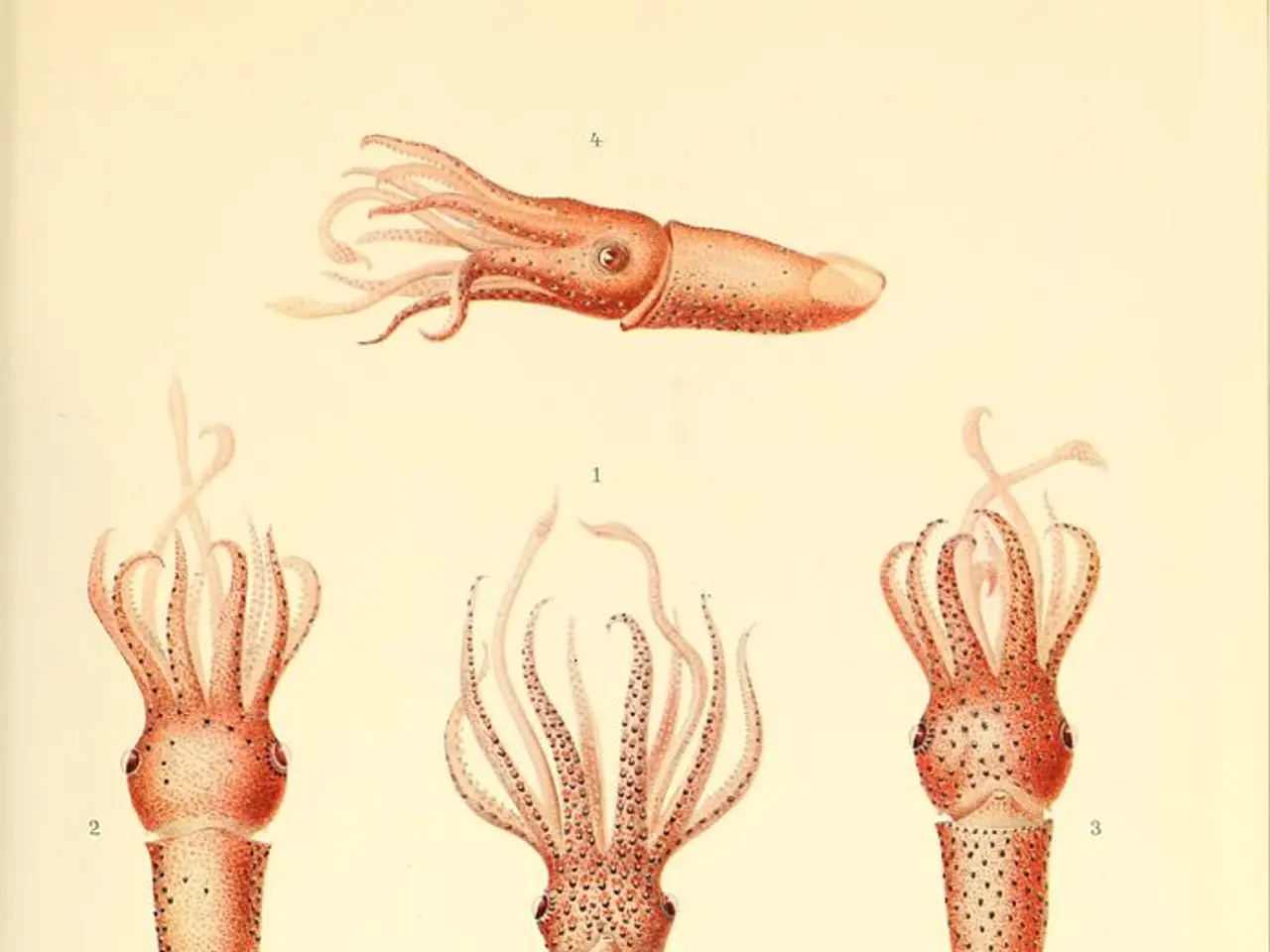Octopuses exhibit peculiar behaviors that lead scientists to speculate they could be a rare evolutionary anomaly.
Octopuses: Marvels of Evolutionary Innovation in the Ocean
Each time we discover something new about octopuses, it serves as a reminder that the natural world is full of surprises and invites us to keep exploring and asking questions. These agile, shell-less wonders with complex nervous systems are distant relatives of slugs and clams, yet they are far from ordinary.
One famous example of an octopus escape is Inky the octopus, who slipped out of his New Zealand aquarium tank, slid across the floor, and vanished down a drainpipe to freedom. Octopuses are known for their intelligence, escaping aquariums, opening jars, and using tools. But the ocean is a dangerous place for these creatures, and they have evolved a variety of defenses such as ink clouds, jet propulsion, and the ability to sacrifice an arm to a hungry foe.
Octopuses have a unique appearance with bulbous heads, eight curling arms lined with suckers, and skin that can change color and texture. They use a range of body signals, postures, and skin patterns to communicate with each other, hinting at a kind of emotional life. Octopuses show signs of curiosity, playfulness, and even frustration in their interactions.
Octopuses are best understood as examples of evolutionary innovation, not flukes. Their unique adaptations demonstrate advanced evolutionary complexity and versatility.
Octopuses possess sophisticated neural and motor systems enabling complex behaviors such as problem-solving, memory, and even tool use, which indicate advanced evolutionary development rather than accidental or maladaptive traits. Recent research using advanced imaging (EyeRIS) reveals their muscular hydrostat limbs use temporary joints, allowing precise, flexible control and locomotion in complex environments without bones, an evolutionary innovation enabling mastery of deep-sea terrain.
Their remarkable reproductive investment, such as the deep-sea species Graneledone boreopacifica brooding eggs for over four years, shows a strong evolutionary strategy to maximize offspring survival, reflecting significant biological specialization. Molecular adaptations like RNA editing via the ADAR enzyme allow them to create protein variants that enable rapid environmental adaptation, which is uncommon and an innovative form of genetic regulation distinct from typical DNA mutation pathways.
In summary, the combination of complex nervous systems, unique biomechanical designs, extreme parental care, and molecular innovations highlights octopuses as paragons of evolutionary innovation, exemplifying how natural selection can produce highly specialized and adaptable organisms rather than evolutionary flukes.
Octopuses have no bones, allowing them to squeeze through impossibly small spaces. Their evolutionary path split from ours hundreds of millions of years ago, and their eyes are similar to those of vertebrates. After mating, many octopus species die soon after, leaving their eggs to fend for themselves.
Many scientists believe octopuses might be evolutionary flukes due to their unique combination of intelligence, genetic quirks, and physical oddities. However, the evidence suggests otherwise. The octopus, with its myriad of adaptations and complex behaviors, serves as a testament to the wonders of evolution and the endless possibilities of life on Earth.
- The study of octopuses in the field of science, particularly in biology, offers a fascinating insight into evolutionary innovation and the complexities of life, inviting us to delve deeper into research.
- The octopus's extraordinary ability to evade capture, as demonstrated by Inky the octopus, is just one example of their intelligent behaviors, which might hint at untapped potential in mental health and problem-solving.
- Octopuses, with their muscular hydrostat limbs, demonstrate innovative solutions to locomotion in the absence of bones, a topic of great interest in the fields of fitness-and-exercise and space-and-astronomy, exploring the limits of life without traditional skeletal structures.
- The molecular biology of octopuses, with RNA editing processes unique to the ADAR enzyme, presents a new frontier in nutritional research, offering potential for improved genetic regulation and environmental adaptation in health-and-wellness.
- The reproductive methods of octopuses, such as the deep-sea species that brood eggs for over four years, provide valuable lessons in parental care and the importance of mental-health support in ensuring the survival and well-being of offspring, a topic of growing interest in both the natural world and human society.




